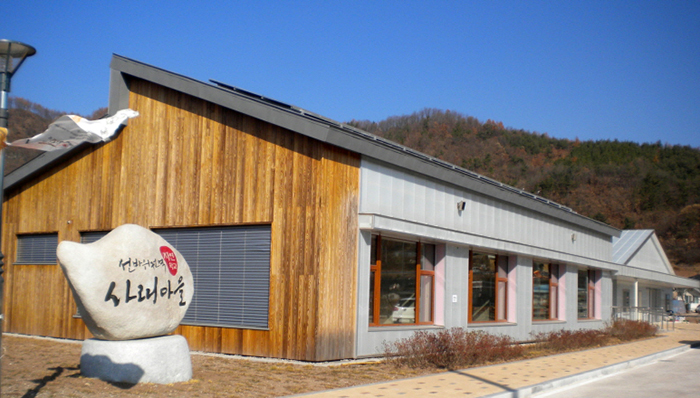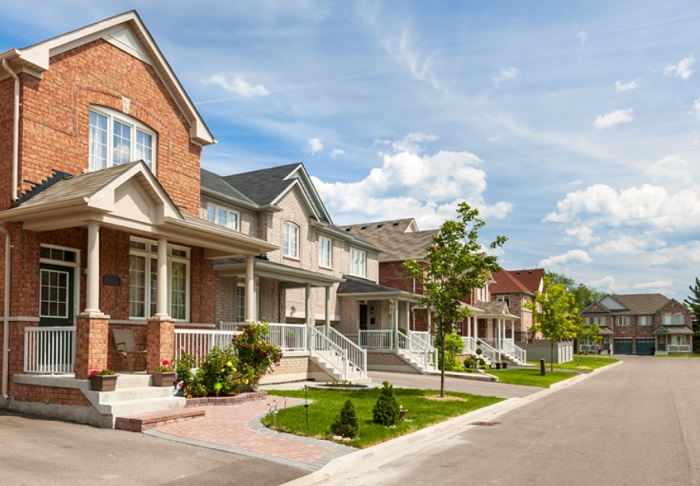Homes are now going green, as they are relying on renewable energy sources, such as solar energy, for electricity. This is a trend whereby these homes keep a self-sufficient energy supply as a priority.
The National Agency for Administrative City Construction and the Korea Land & Housing Corporation will construct an ecofriendly town covering 18,216 square meters in Sejong City, space big enough to accommodate about 60 households. It will be called the Zero-Energy Town.

The town is modeled after an ecofriendly housing area in Freiburg, Germany. In the community, all homes will be constructed as “passive houses,” detached houses equipped with strong insulation and which run on solar energy. The houses are part of a zero-energy, self-sufficient system where they face the south, have as many windows as possible, small or big, on the south walls, and all the windows are triple-paned.
The houses use about 30 centimeters of insulation, three times thicker than usual Korean homes. This insulation prevents heat from inside escaping, and keeps the in-house temperature at an acceptable level.
Facilities to generate renewable energy, such as solar panels, will help the homes stay energy-sufficient. In particular, low-energy windows and on-off awnings are installed in the south-facing windows, turning their intake of sunshine on sunny days into useful energy. With such ecofriendly equipment, the houses can control the amount of solar radiation coming inside, and also can keep rooms well-ventilated in the summer while reducing losses of energy in the winter.

In addition, the town will secure as much greenery as possible to put in place an ecological circulation system. The new development will also be changed from being car-centered into being pedestrian-centered.
Before the Zero-Energy Town is fully realized, the exact date for a groundbreaking ceremony will be set sometime this December. It will be followed by efforts to collect energy-sufficient construction technologies and data about possible energy usage over the next three years.
“Sejong City’s aim is to see renewable energy account for 15 percent of the city’s overall electricity by 2020, including this Zero-Energy Town and others,” said an official from the National Agency for Administrative City Construction. “We will lead efforts to curb worsening climate change and make this city a good model for the future.”
By Sohn JiAe
Korea.net Staff Writer
Photos: Yonhap News, the National Agency for Administrative City Construction
jiae5853@korea.kr
The National Agency for Administrative City Construction and the Korea Land & Housing Corporation will construct an ecofriendly town covering 18,216 square meters in Sejong City, space big enough to accommodate about 60 households. It will be called the Zero-Energy Town.

A building in Yeongyang-gun County, Gyeongsangbuk-do Province, has been constructed using a ‘passive house’ design, a method of building that focuses on energy efficiency and reducing the structure's ecological foot print.
The town is modeled after an ecofriendly housing area in Freiburg, Germany. In the community, all homes will be constructed as “passive houses,” detached houses equipped with strong insulation and which run on solar energy. The houses are part of a zero-energy, self-sufficient system where they face the south, have as many windows as possible, small or big, on the south walls, and all the windows are triple-paned.
The houses use about 30 centimeters of insulation, three times thicker than usual Korean homes. This insulation prevents heat from inside escaping, and keeps the in-house temperature at an acceptable level.
Facilities to generate renewable energy, such as solar panels, will help the homes stay energy-sufficient. In particular, low-energy windows and on-off awnings are installed in the south-facing windows, turning their intake of sunshine on sunny days into useful energy. With such ecofriendly equipment, the houses can control the amount of solar radiation coming inside, and also can keep rooms well-ventilated in the summer while reducing losses of energy in the winter.

Green homes in the Zero-Energy Town in Sejong City are self-sufficient in energy and only depend on renewable energy sources.
In addition, the town will secure as much greenery as possible to put in place an ecological circulation system. The new development will also be changed from being car-centered into being pedestrian-centered.
Before the Zero-Energy Town is fully realized, the exact date for a groundbreaking ceremony will be set sometime this December. It will be followed by efforts to collect energy-sufficient construction technologies and data about possible energy usage over the next three years.
“Sejong City’s aim is to see renewable energy account for 15 percent of the city’s overall electricity by 2020, including this Zero-Energy Town and others,” said an official from the National Agency for Administrative City Construction. “We will lead efforts to curb worsening climate change and make this city a good model for the future.”
By Sohn JiAe
Korea.net Staff Writer
Photos: Yonhap News, the National Agency for Administrative City Construction
jiae5853@korea.kr